Algeciras – La Línea (Gibraltar) – Algeciras – Antequera Santa Ana – Sevilla Santa Justa
The bus to La Línea de la Concepción, which is the Spanish side of the border with Gibraltar, left from directly below my hotel. The 40-minute journey passes through a mixture of residential and industrial areas. Rather than tourists like me, everyone else on the almost full bus looked like they were on their way to or from work. I noticed later that everyone I spoke to who worked in Gibraltar was Spanish, so I guess that many of them cross the border daily.
The bus drops you in a decidedly dodgy looking bus station a couple of blocks short of the border.
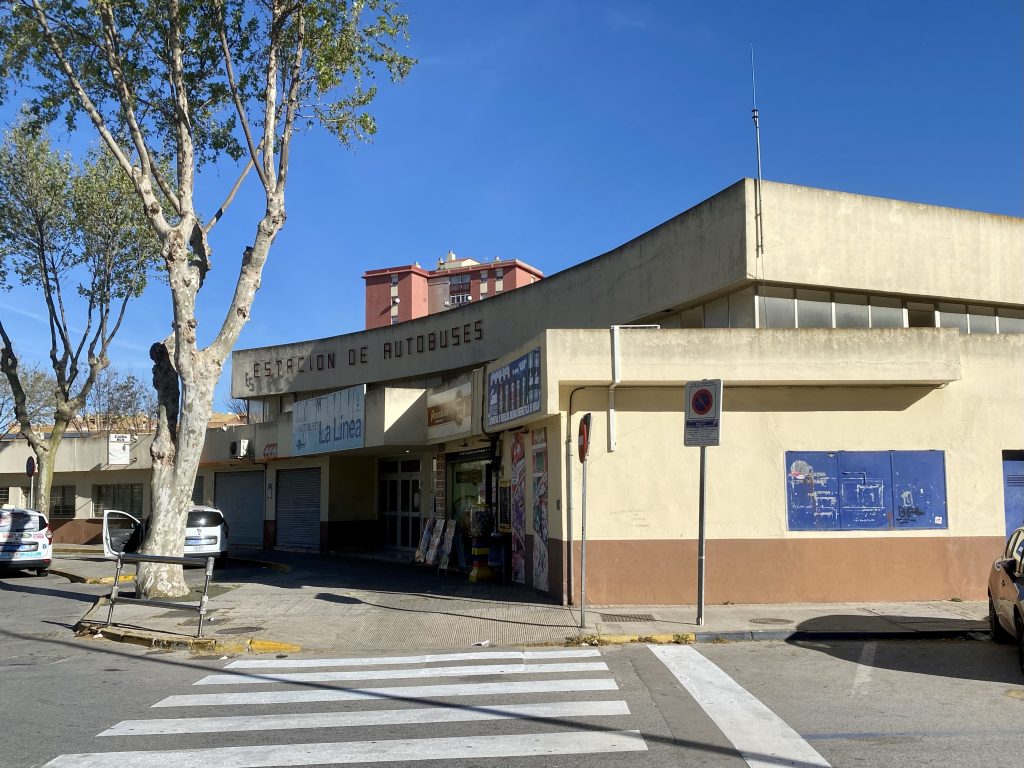
From there it was a short walk to the border, where I had my passport stamped out of Spain (after she had checked it and queried where “Lille” was.) As with all British customs, there is a cursory glance and you’re waved in.
What happens next is very odd, you walk (or can catch a bus if you don’t want to walk) across the airport runway. Moments after I had crossed it, the barriers came down, rather like a level crossing, so that the Easyjet flight to Bristol could depart. After the pedestrians and vehicles have cleared the area, a truck repeatedly goes round in circles, dragging something behind, in the area we have just walked through, presumably to remove anything “odd” that has been dropped by pedestrians or drivers.
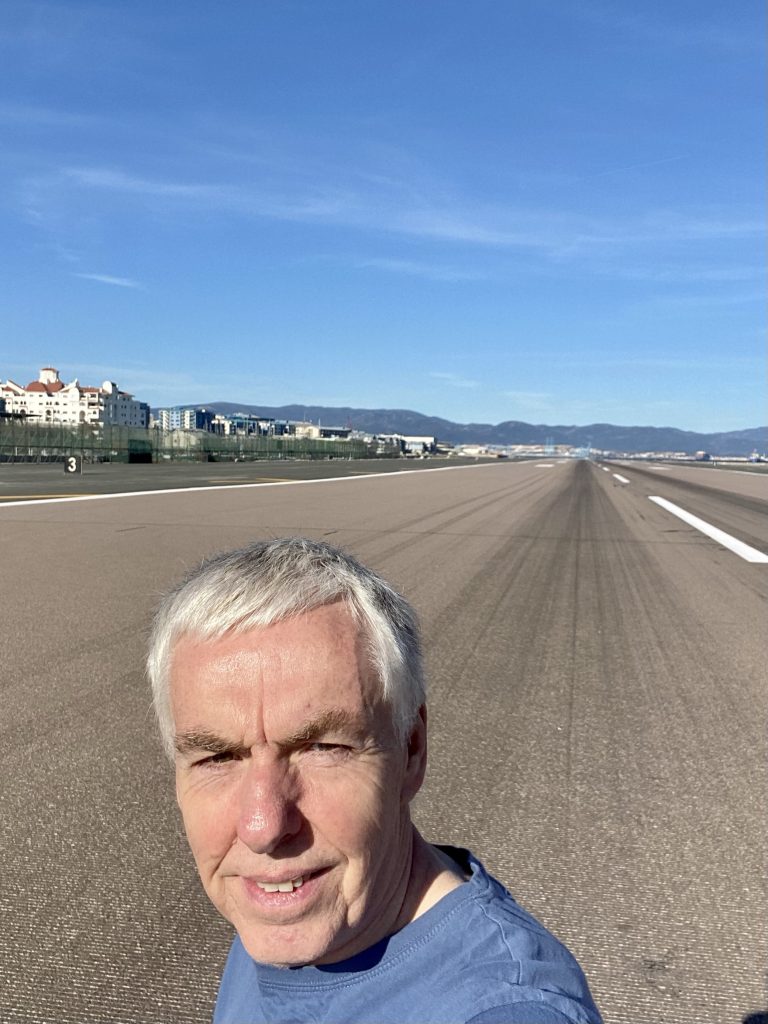
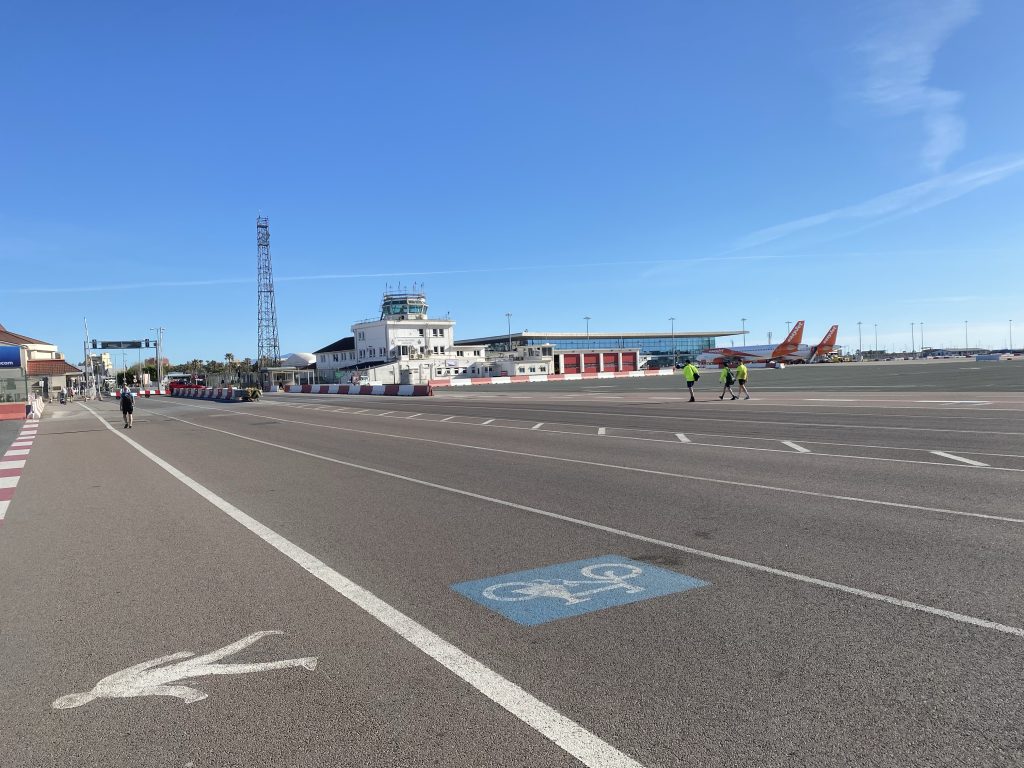
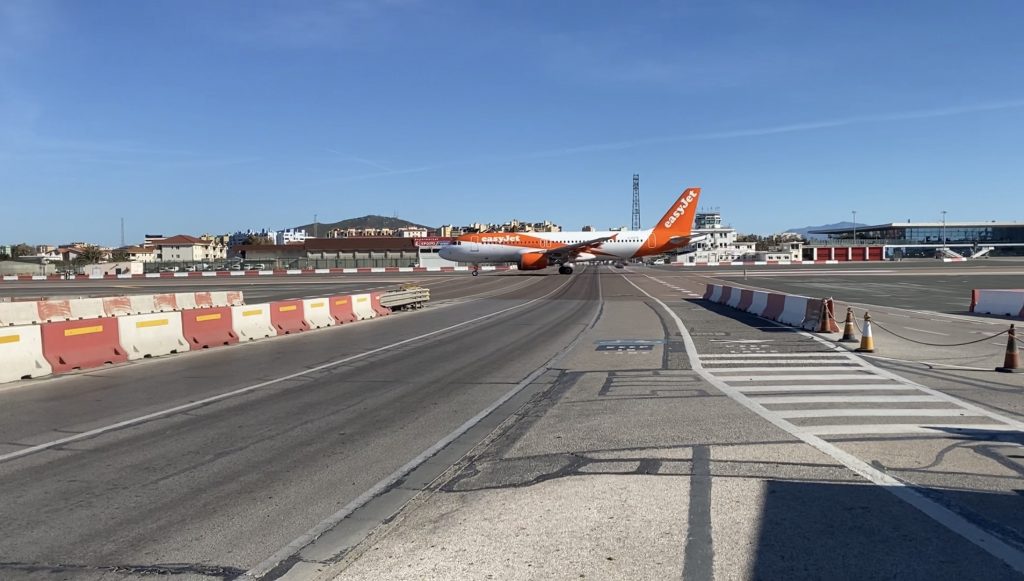
The pedestrian route into the city centre (Gibraltar is indeed a city) takes about 10 minutes to walk, and suddenly you’re on a rather odd hybrid of a street that is sort of traditionally British, but is also clearly Spanish. I spotted Marks & Spencer, NatWest, Holland & Barrett, Mothercare and Hotel Chocolat, among the independent stores. Pretty much everything barring food and drink places was closed.
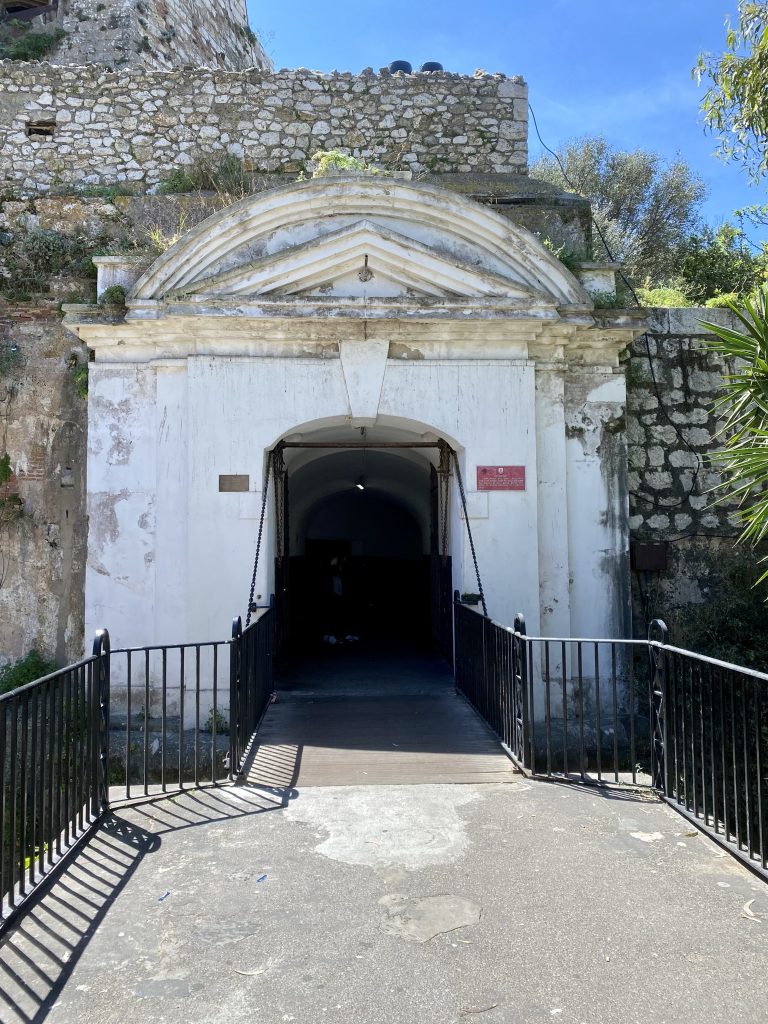
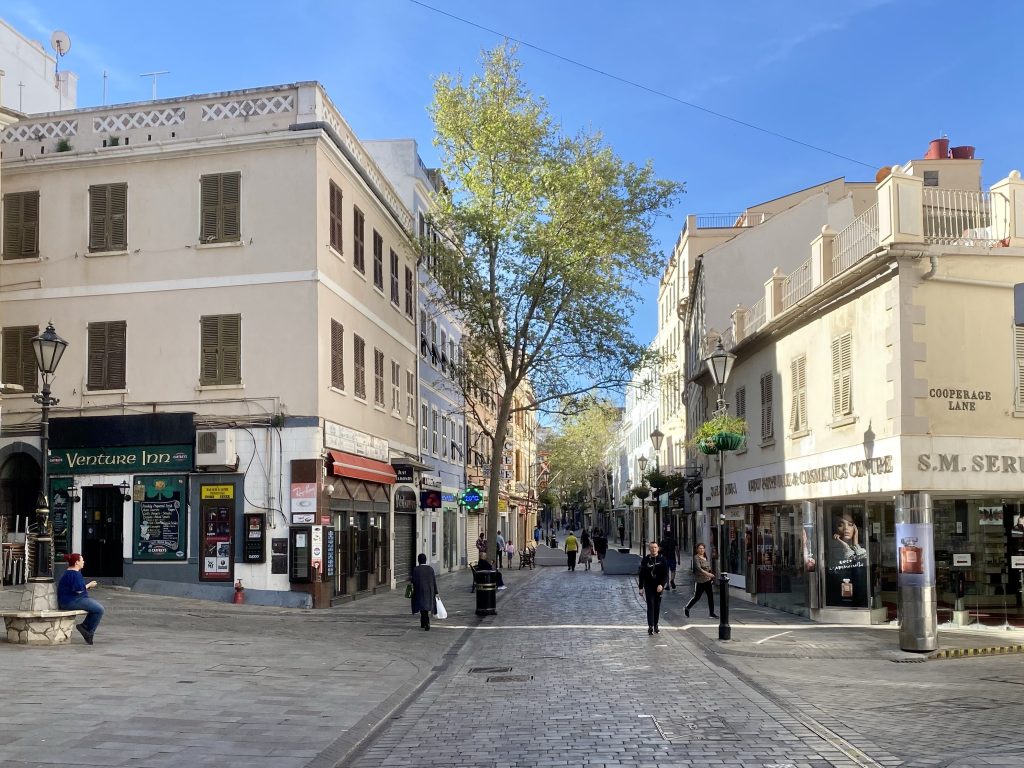
Having walked to the end of Main Street, I carried on to the cable car. With only a few hours here I wanted to make the best use of my time. The views are truly spectacular. The Strait is narrow enough that you can see lots of detail on the African side. Also you get great views of the bay around to Algeciras in one direction and Marbella in the other. There are also of course the famous barbary apes, who mostly look bored unless there is a chance to steal any food.
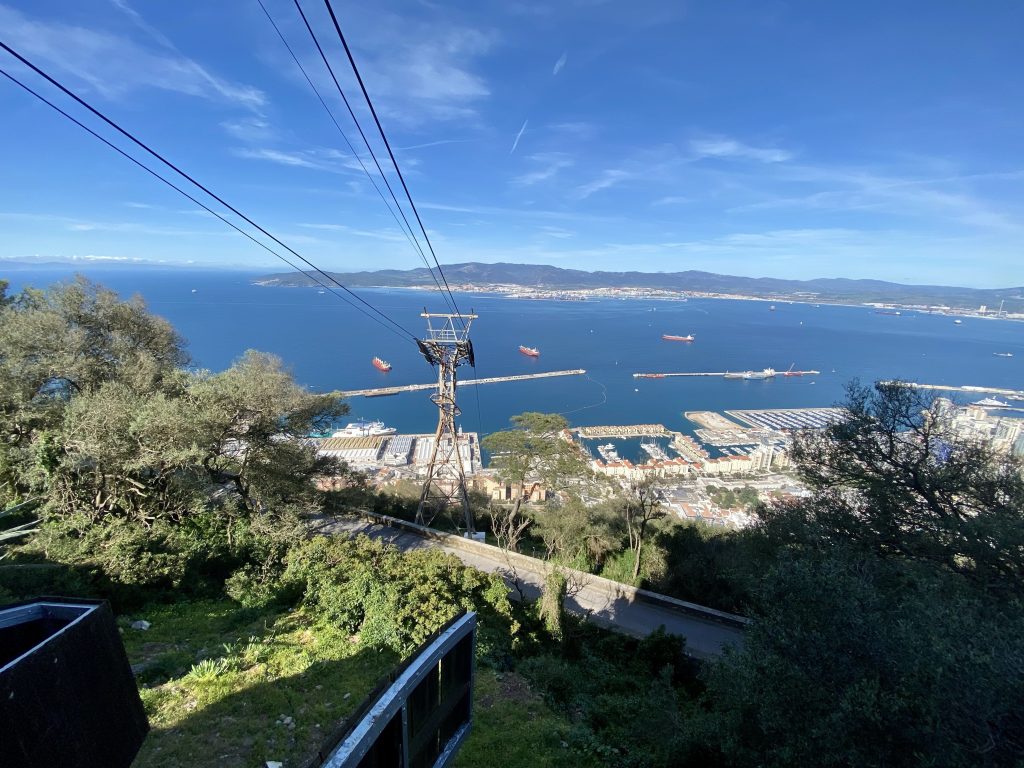
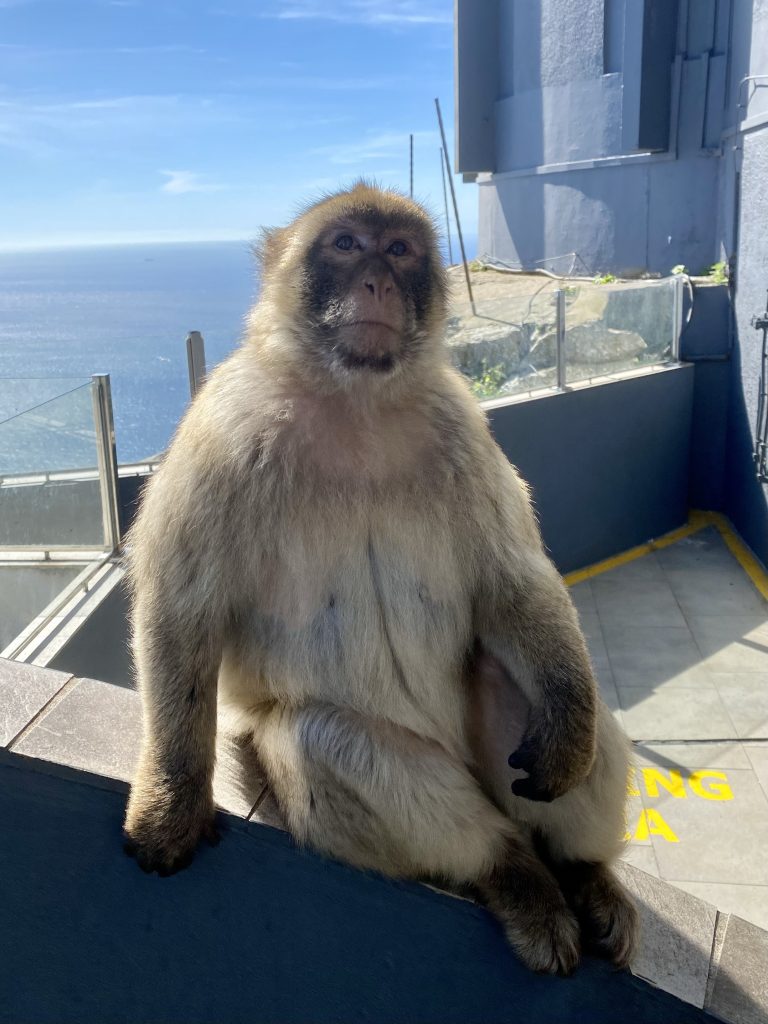
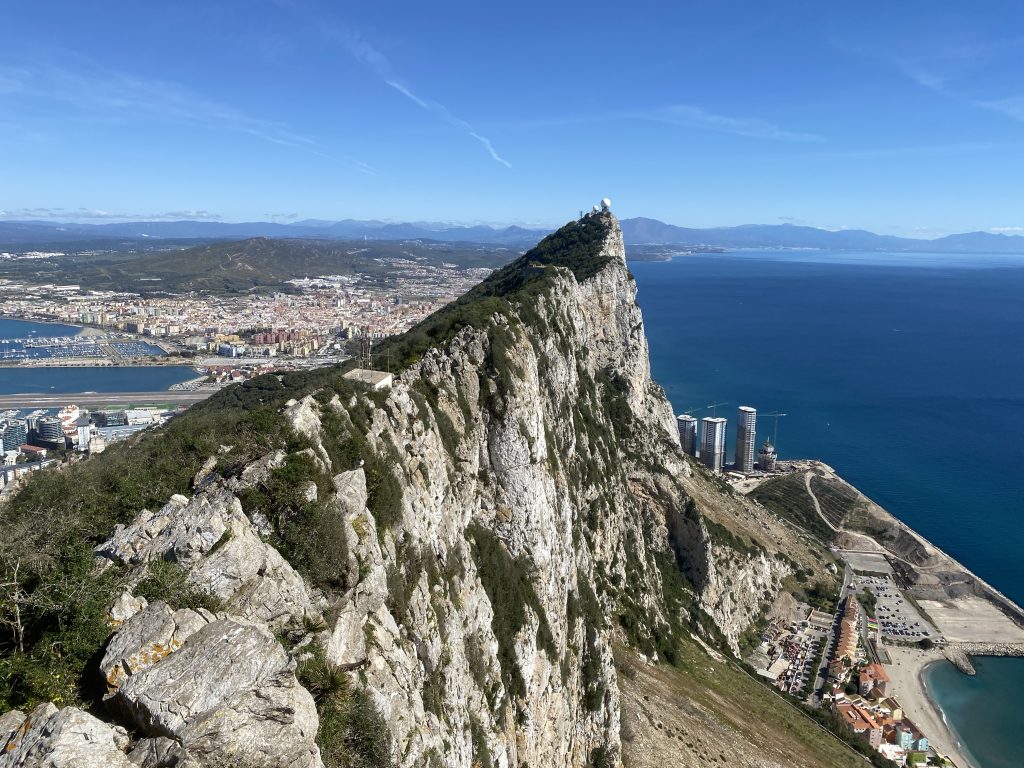
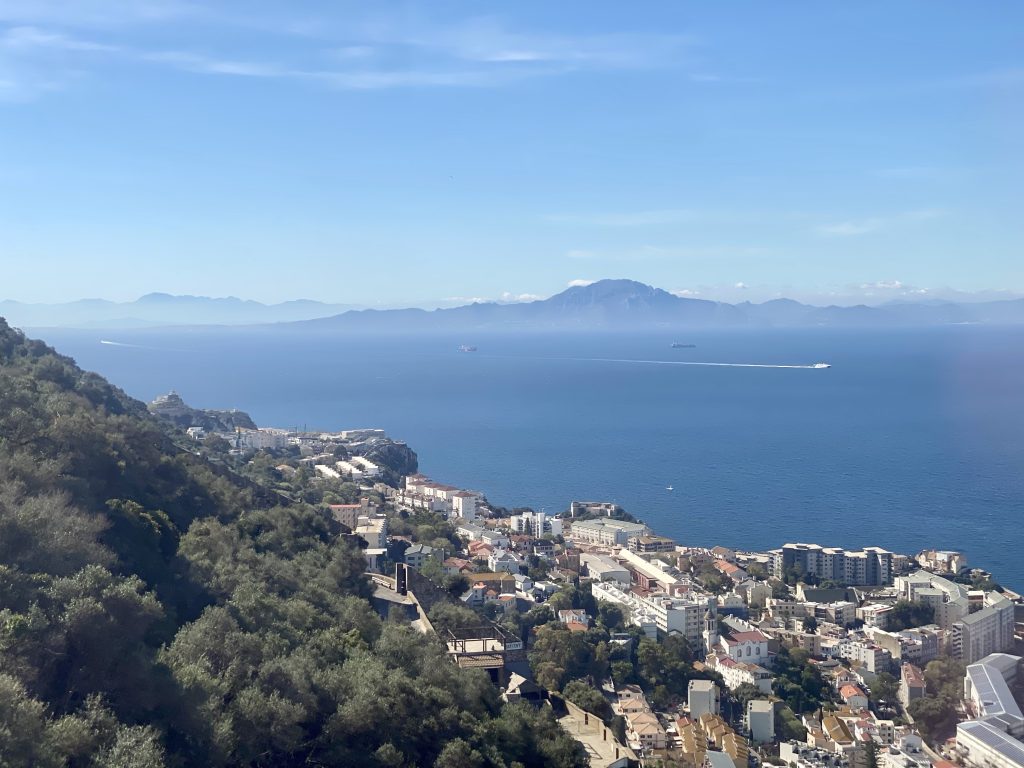
I’d decided that I wanted to get to the southern tip of the peninsula and figured that I had time to walk there and catch the bus back. I’m glad I did that. There is so much of the history of the area to be seen, with numerous former defences passed, as well as more recent developments. I also walked through two road tunnels. The first is short and you wait your moment and dash through but the second is very long and a memorable experience to walk through. The pedestrian path is thankfully properly demarcated, given that cars approach only from behind (the return journey goes over the top of the tunnels.)
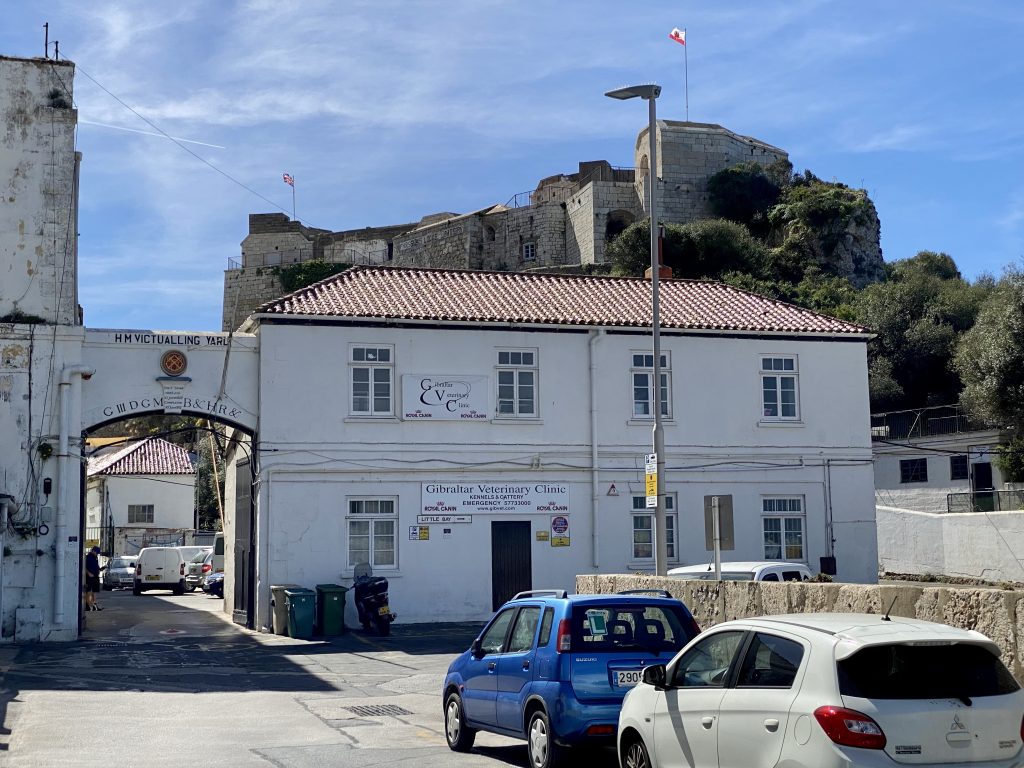
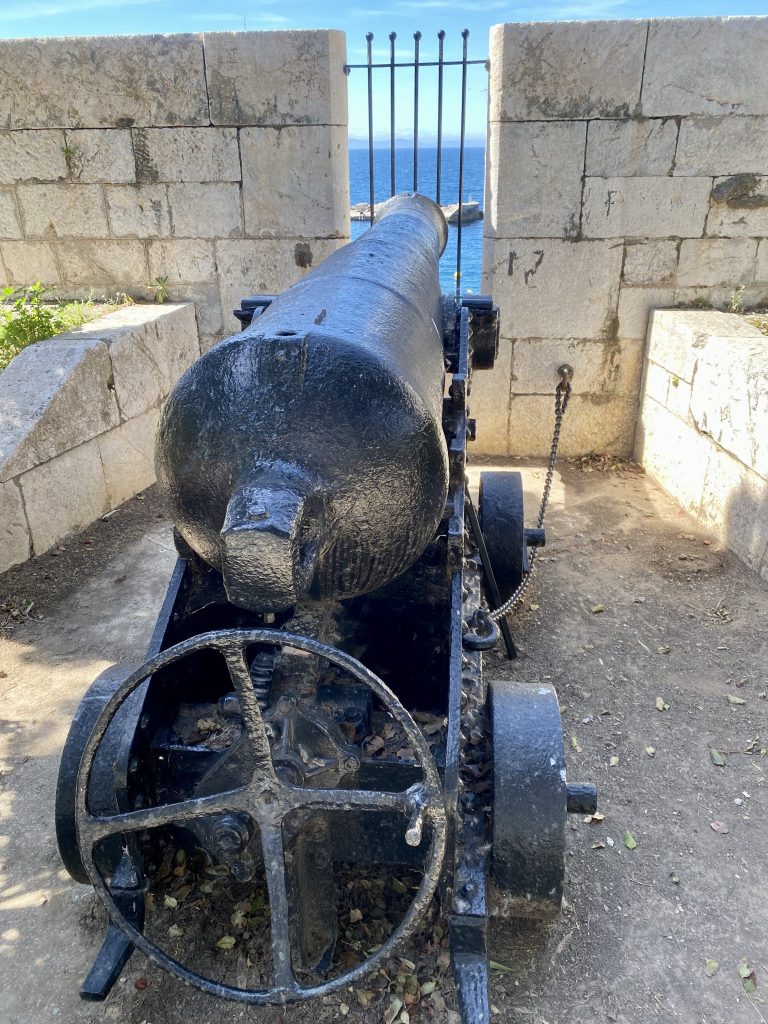
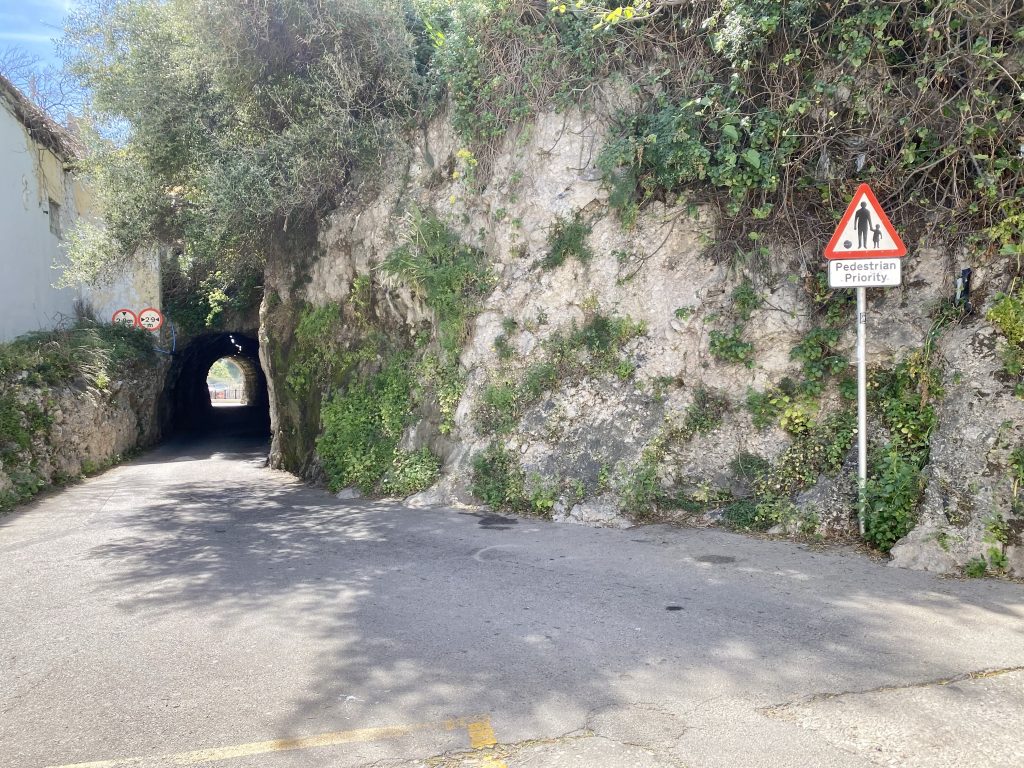
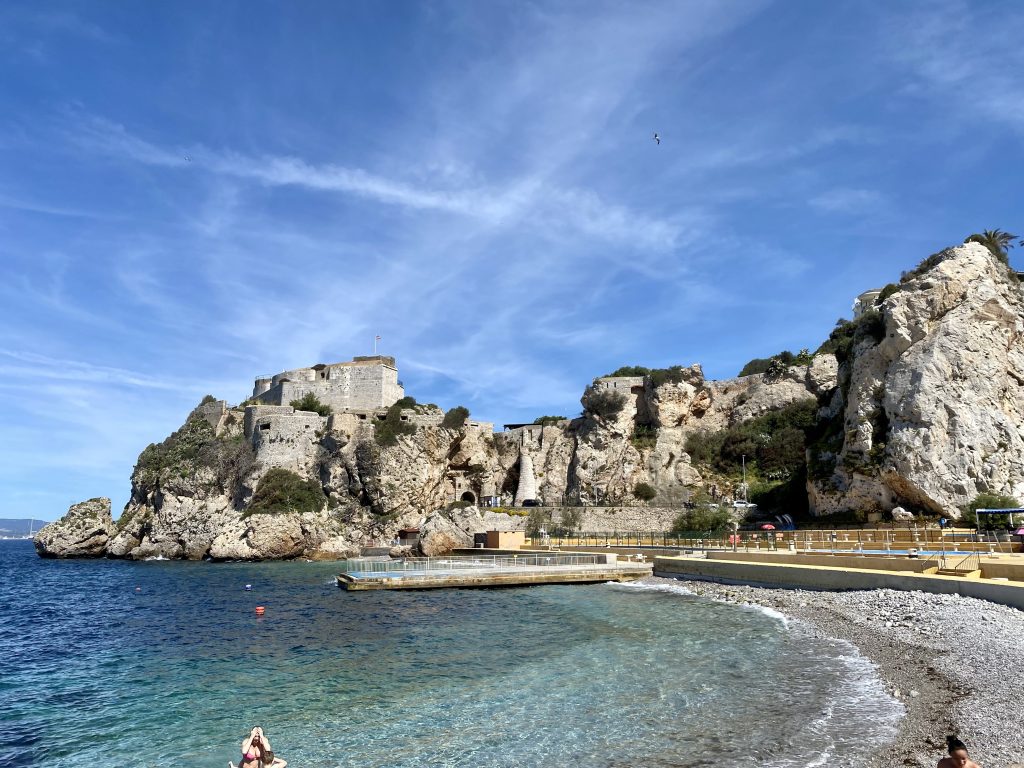
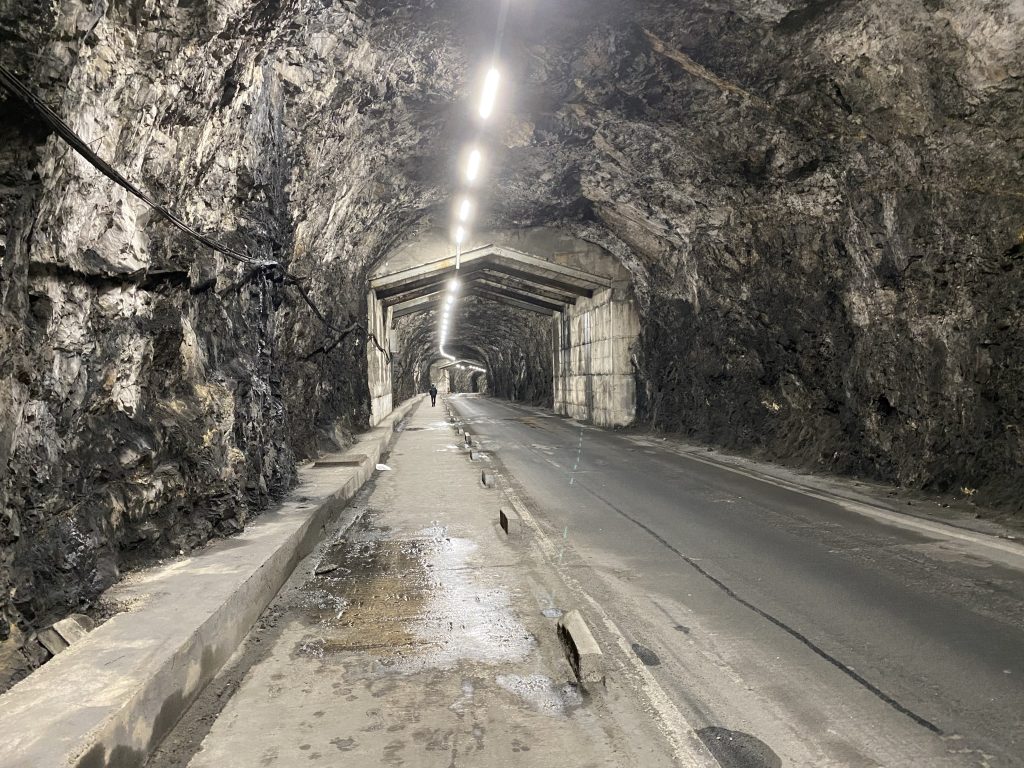
You emerge from the tunnel almost immediately by the lighthouse. There are two other points of interest here, a mosque and a cricket ground, neither of which I was expecting to see. There was a match going on, but no sign of spectators in the impressive stands. Clearly someone was making a statement by putting it here!
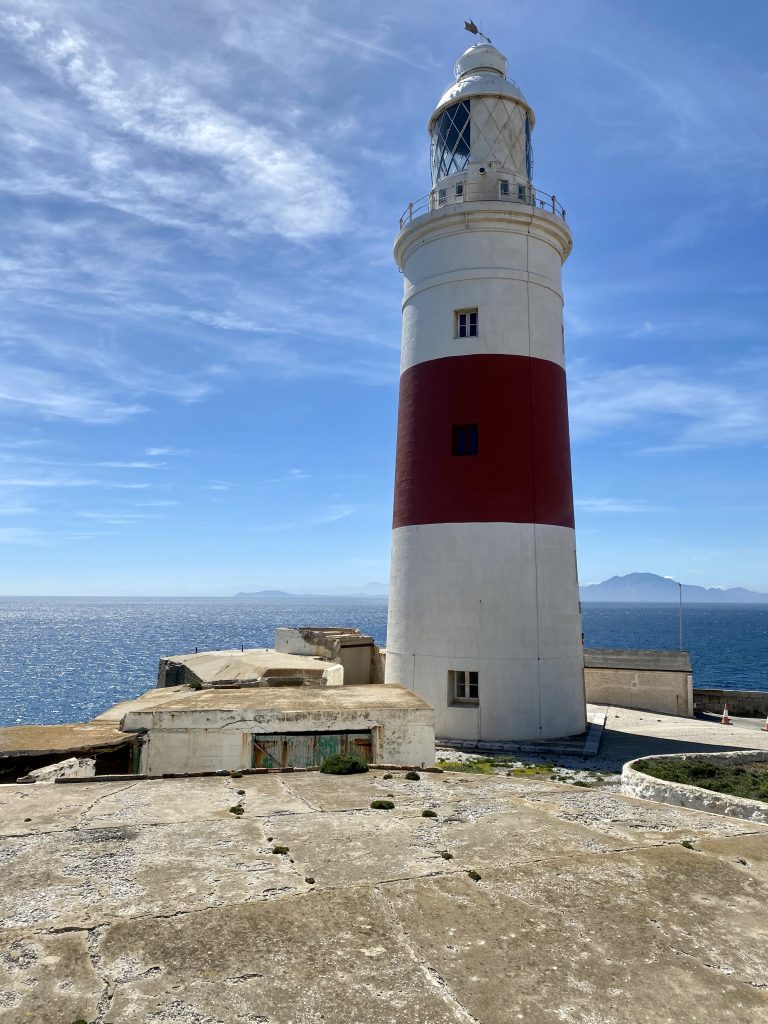
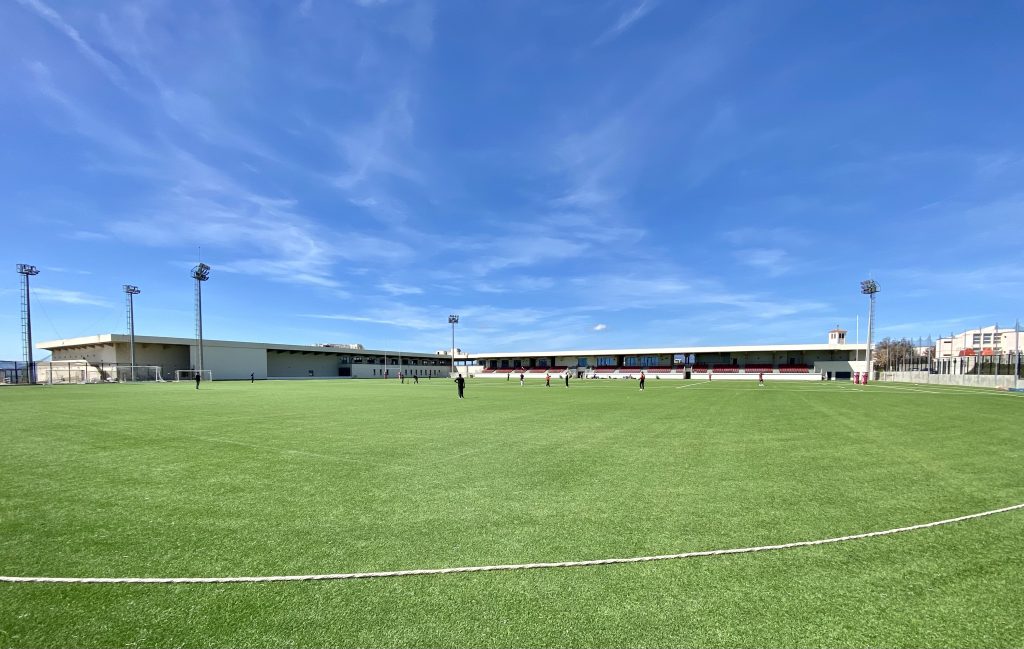
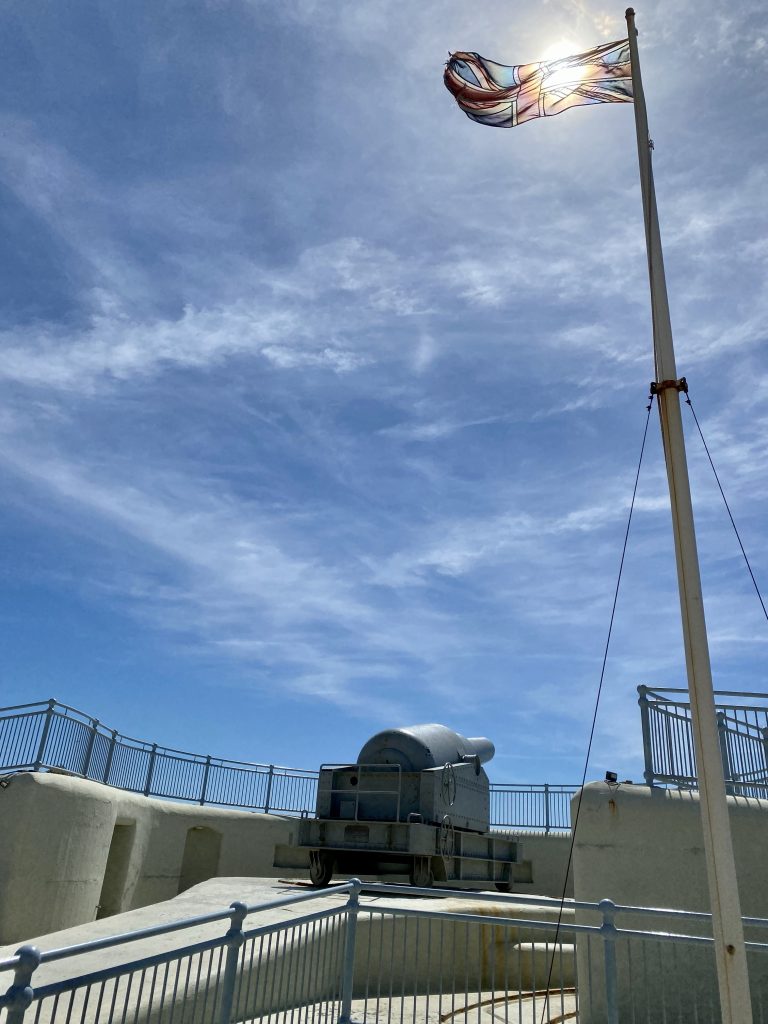
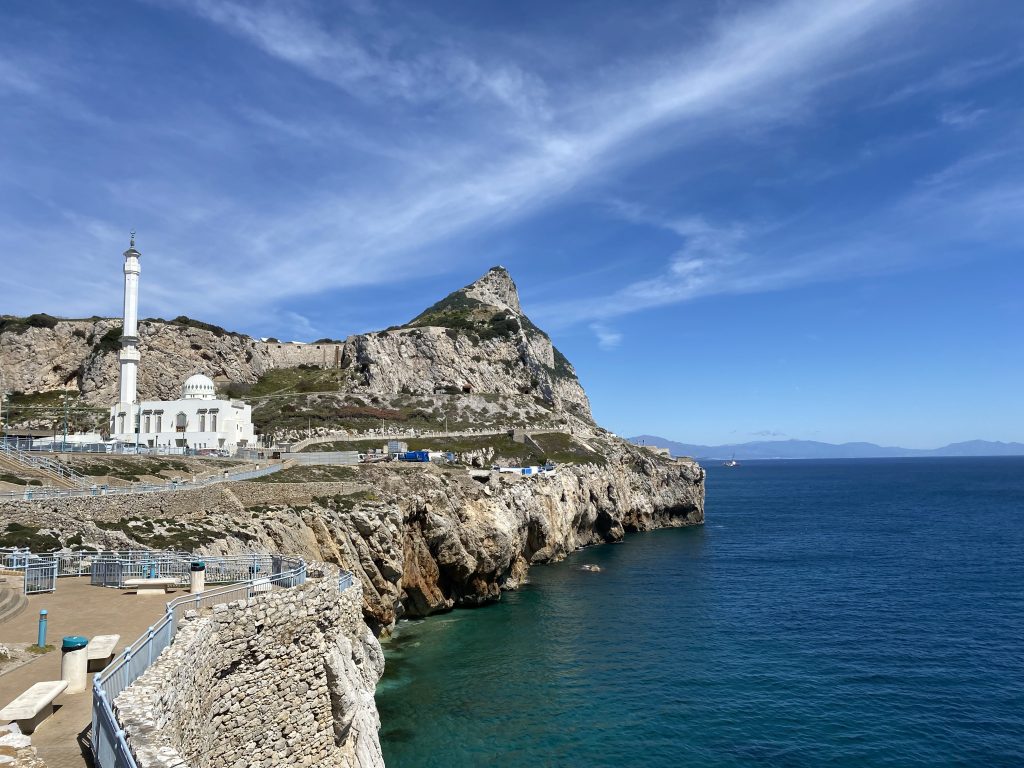
I caught the bus back into town, being dropped next to a small cemetery containing memorials and the remains of some of those lost at the Battle of Trafalgar. A statue of Nelson stood on the opposite side of the road.
I walked back down Main Street, resisted the offer of fish & chips or Sunday carvery, in two of the pubs, but did stop at a bakery for a cup of tea and a piece of Gibraltar pudding. It is essentially bread and butter pudding with more fruit and cognac, but I didn’t know that until I searched online for it afterwards. Absolutely delicious!

I didn’t want to risk missing the train so headed back over the border and onto the bus. I was a little early, so I had time for a walk around the streets of Algeciras itself. It’s a small but pleasant little town. I quite liked the harbour and loved the very modern lookout tower, which was within the harbour and sadly isn’t open to the public. The views must be spectacular.
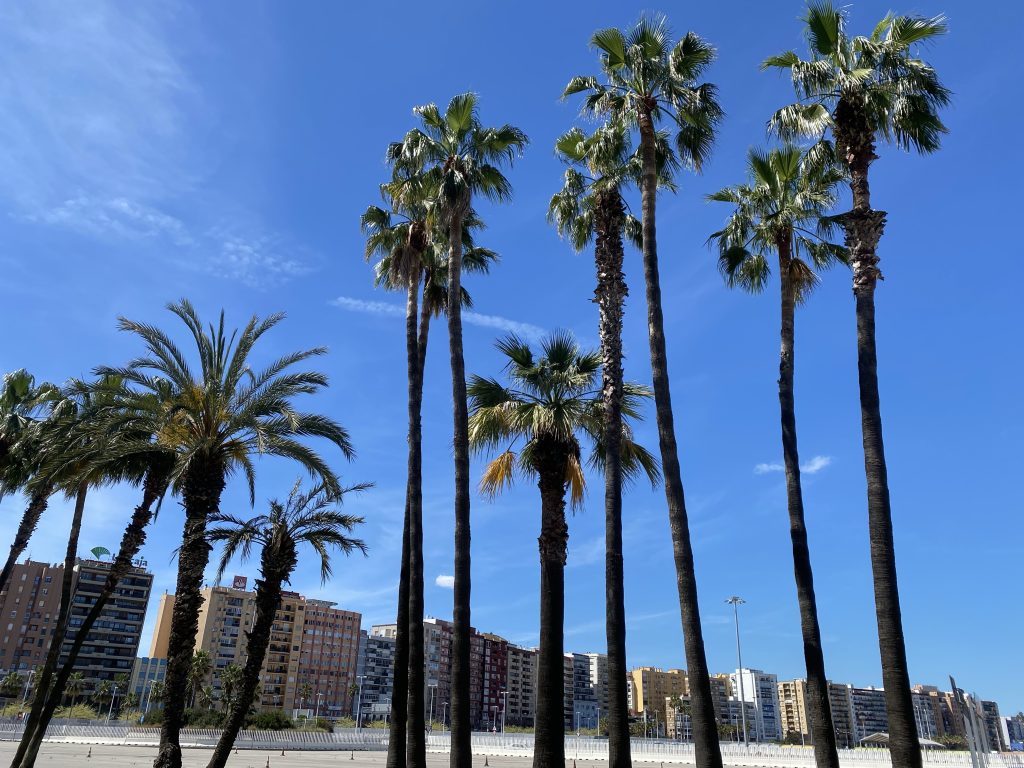
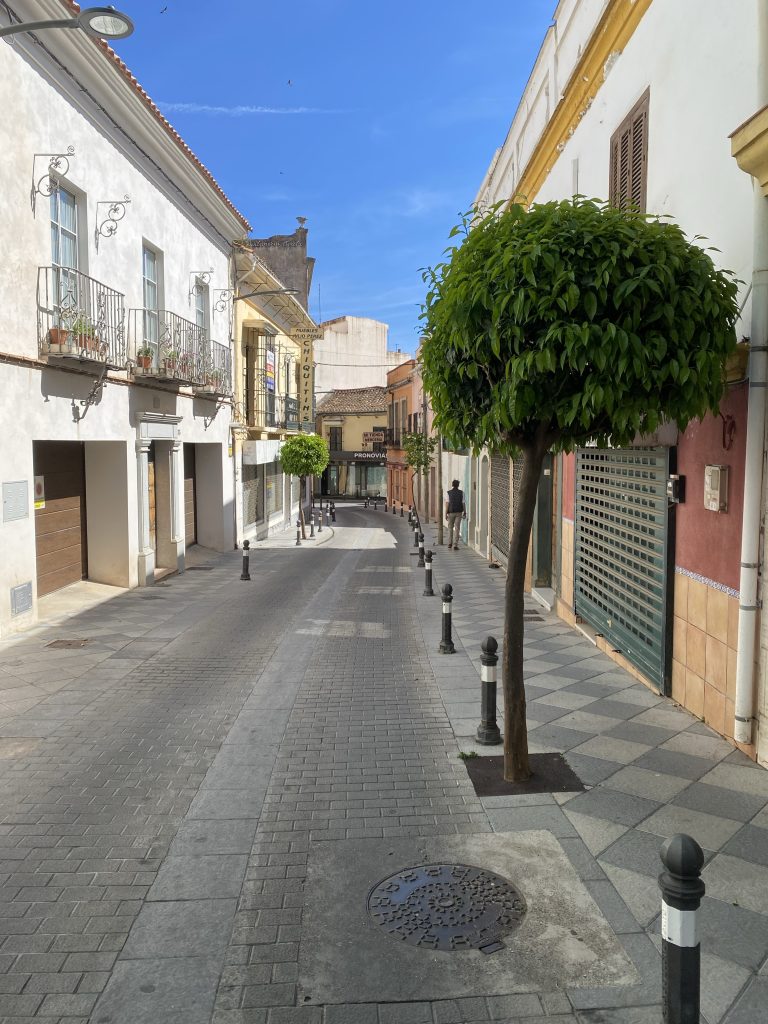
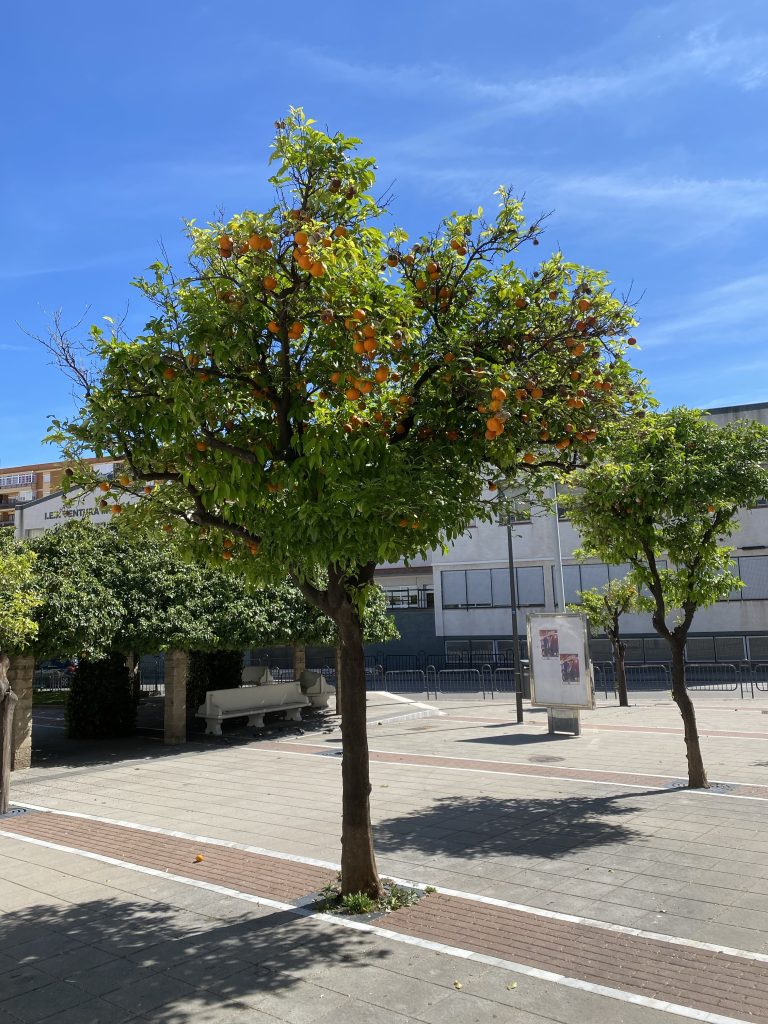
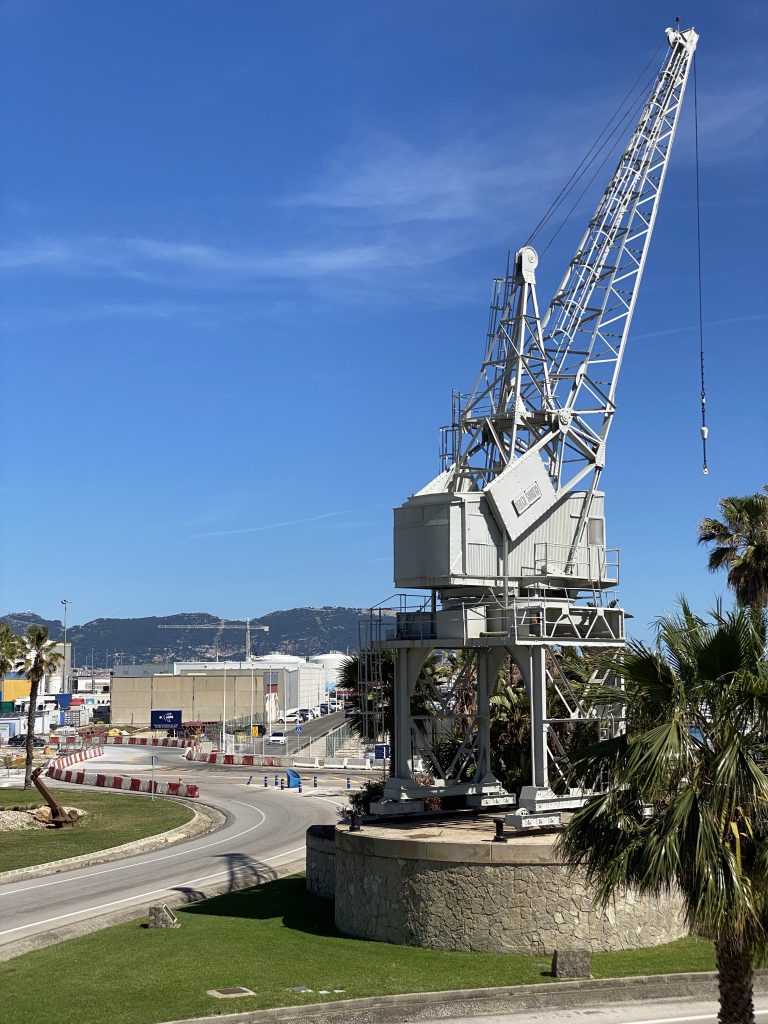
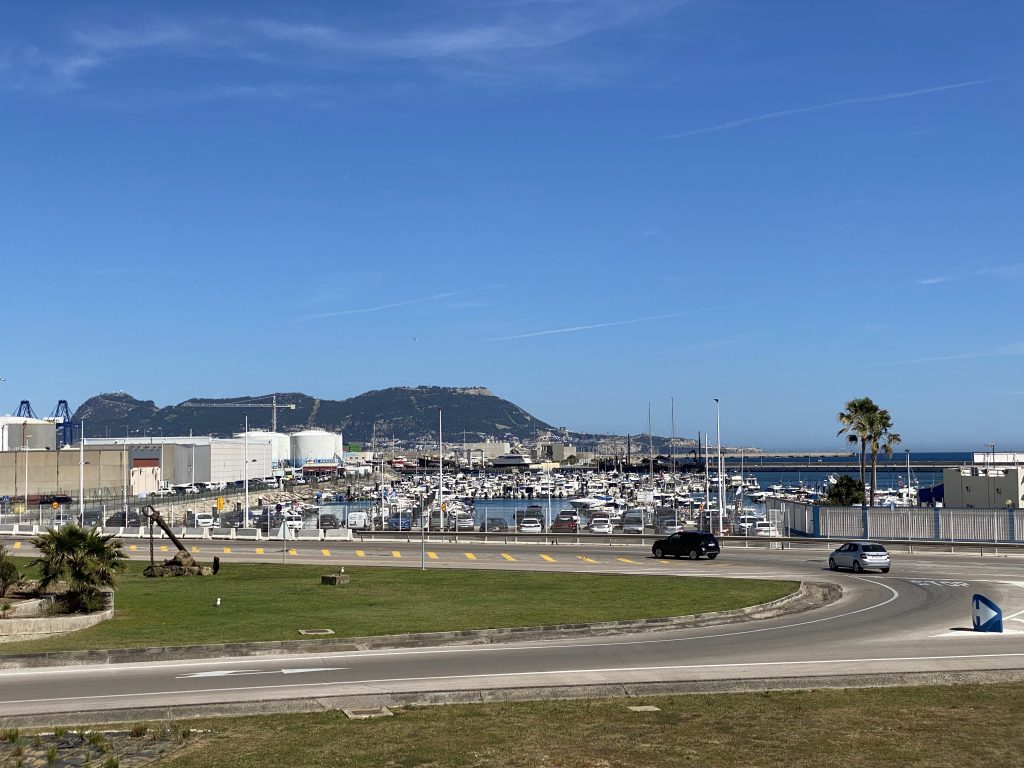
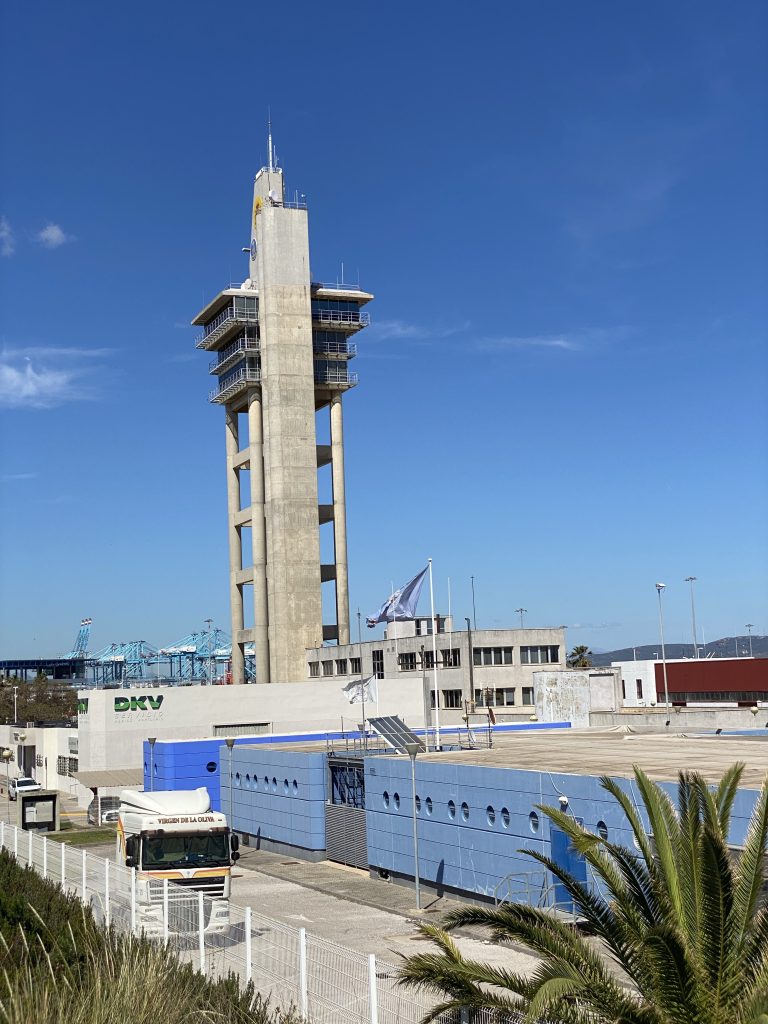
It was good to do the return journey in daylight. On the way to Algeciras I knew there must be lots of tight turns as the train wheels squealed constantly, but it was pitch dark. I now saw why. This is hilly, almost mountainous country. The railway picks its way along river valleys, but at one point does a huge return loop over maybe half an hour to climb from the valley floor to the town of Ronda.
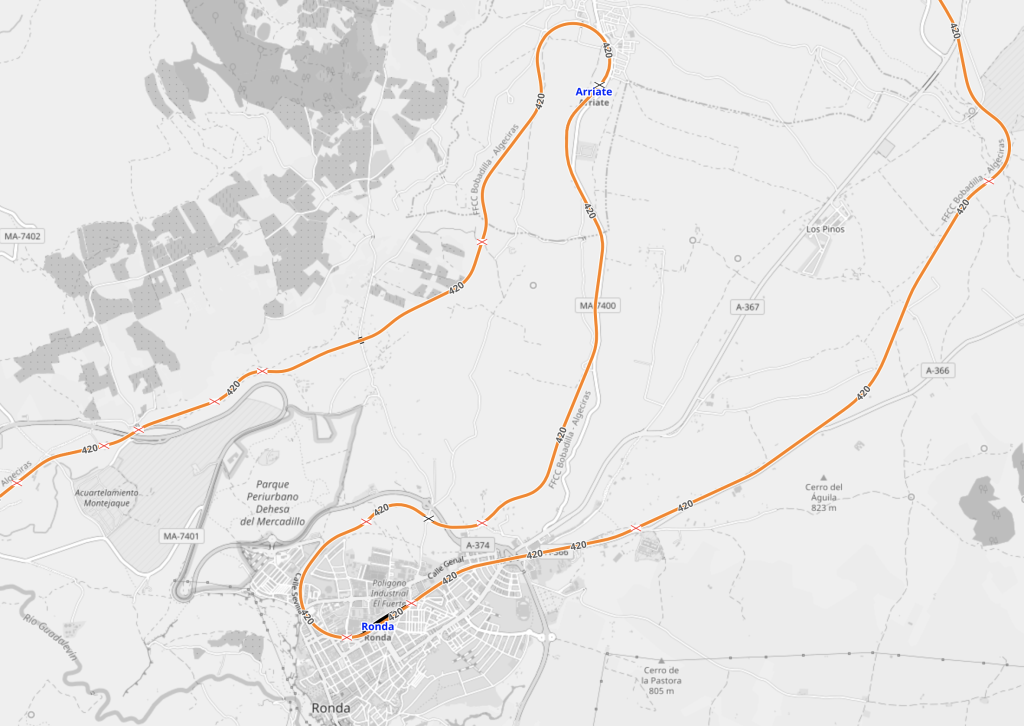
The whole route is a joy. The towns and villages are charming and not over-developed. I especially liked the hilltop towns, of which there were several, but also was charmed in one village to see a donkey being led down the main street (first photo in the following set.)
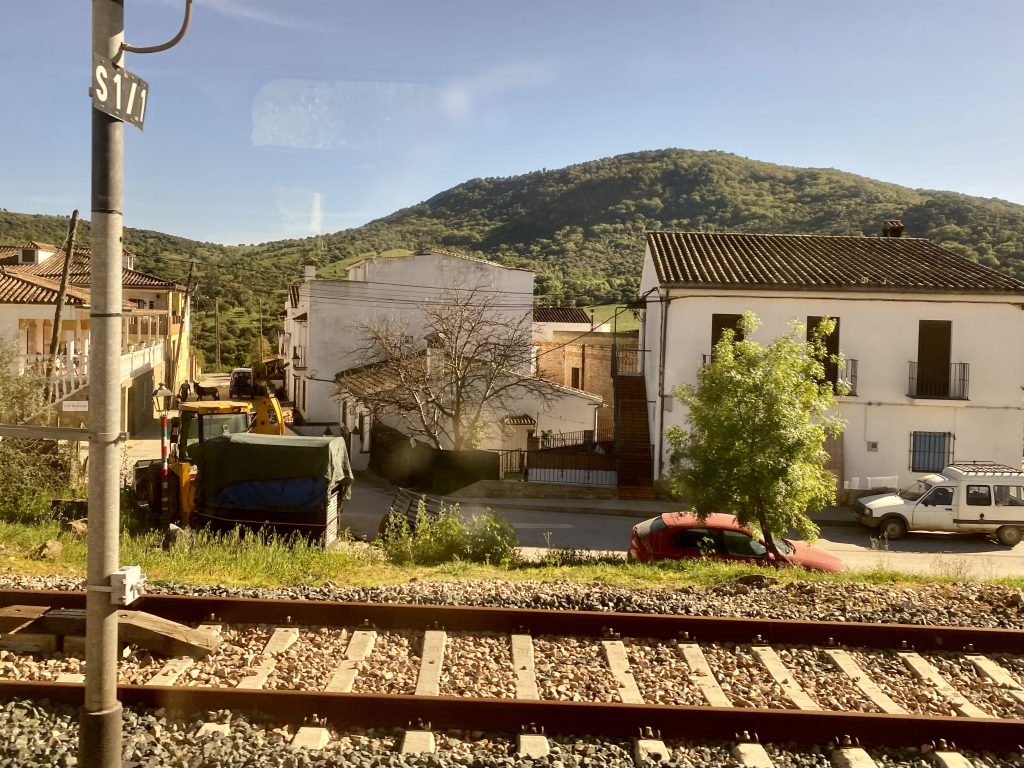
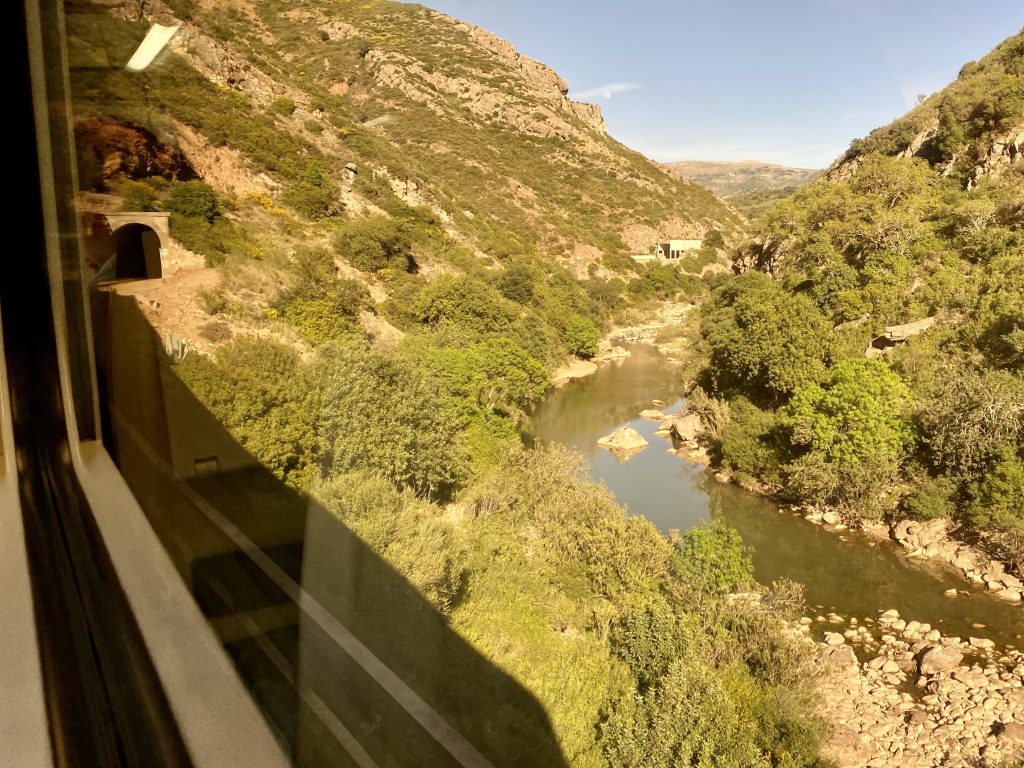
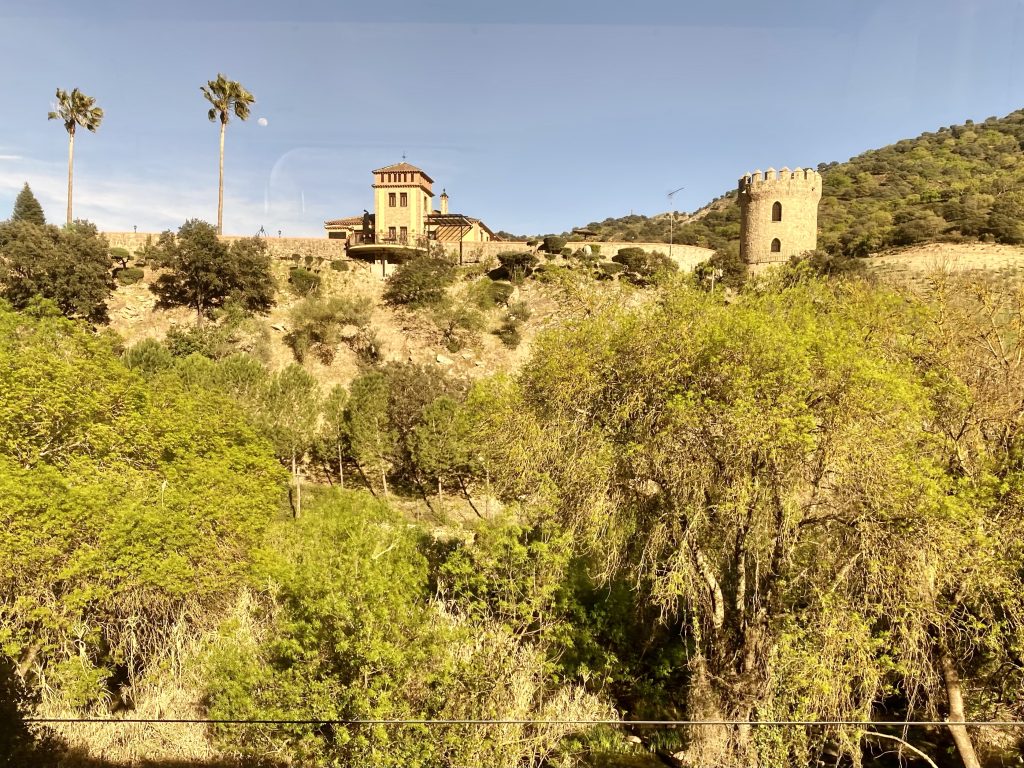
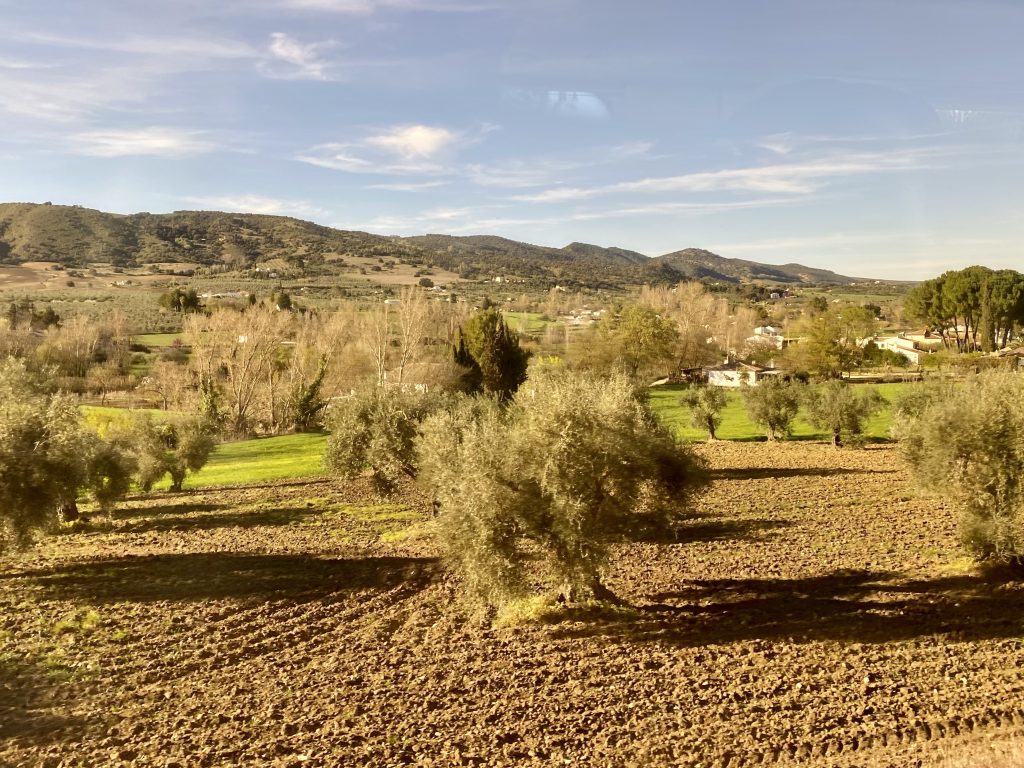
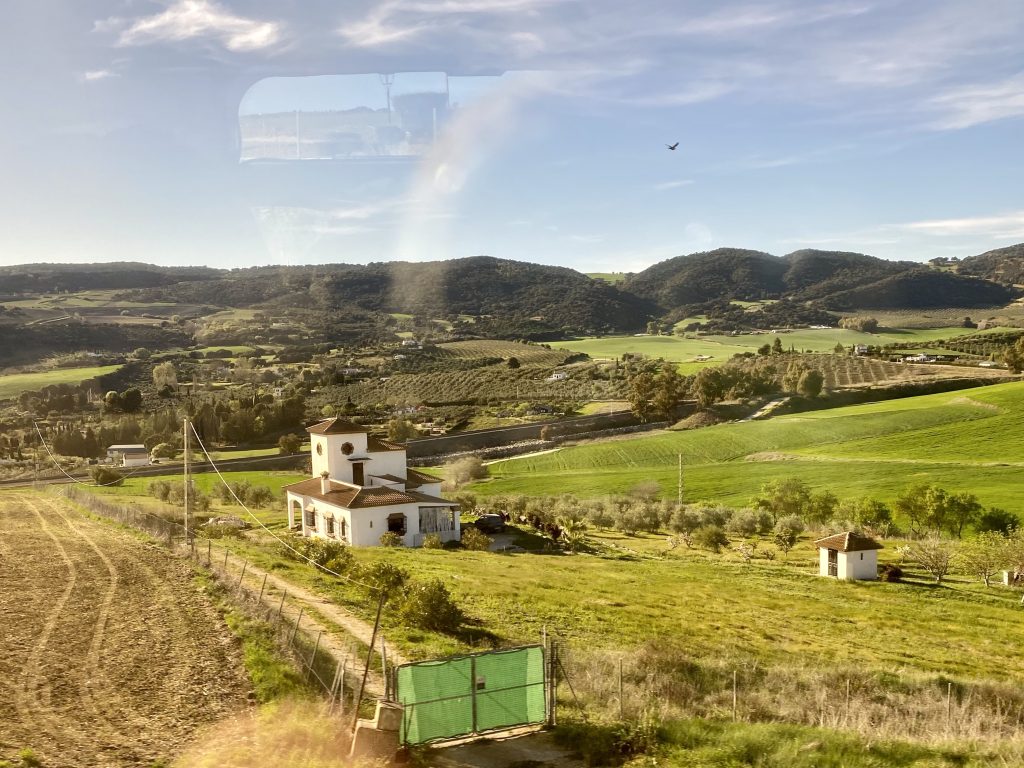
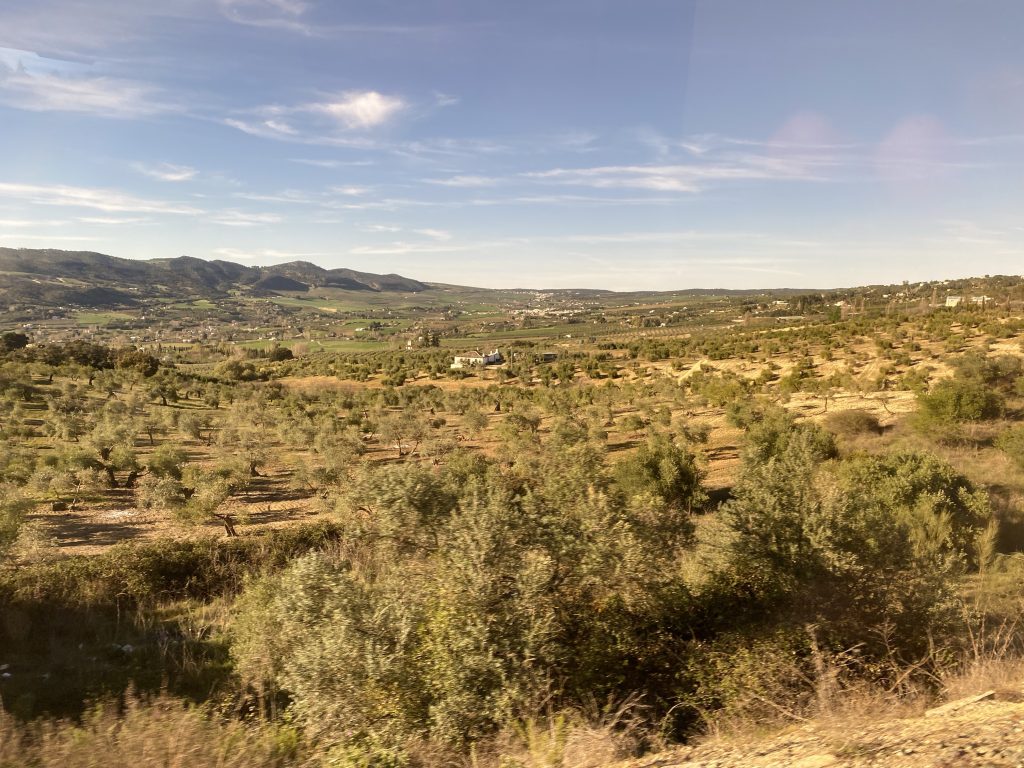
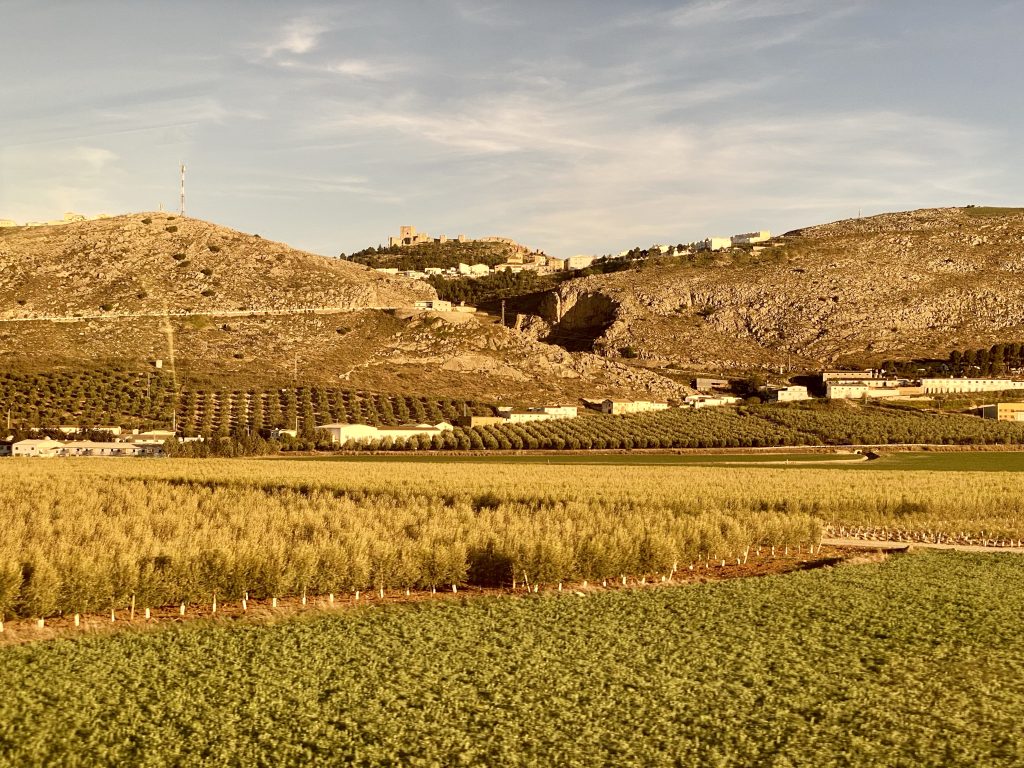
Our service was running a little late so the wait at Antequera Santa Ana was shorter than on the evening before. Seeing it in daylight really did reveal how remote the location is.
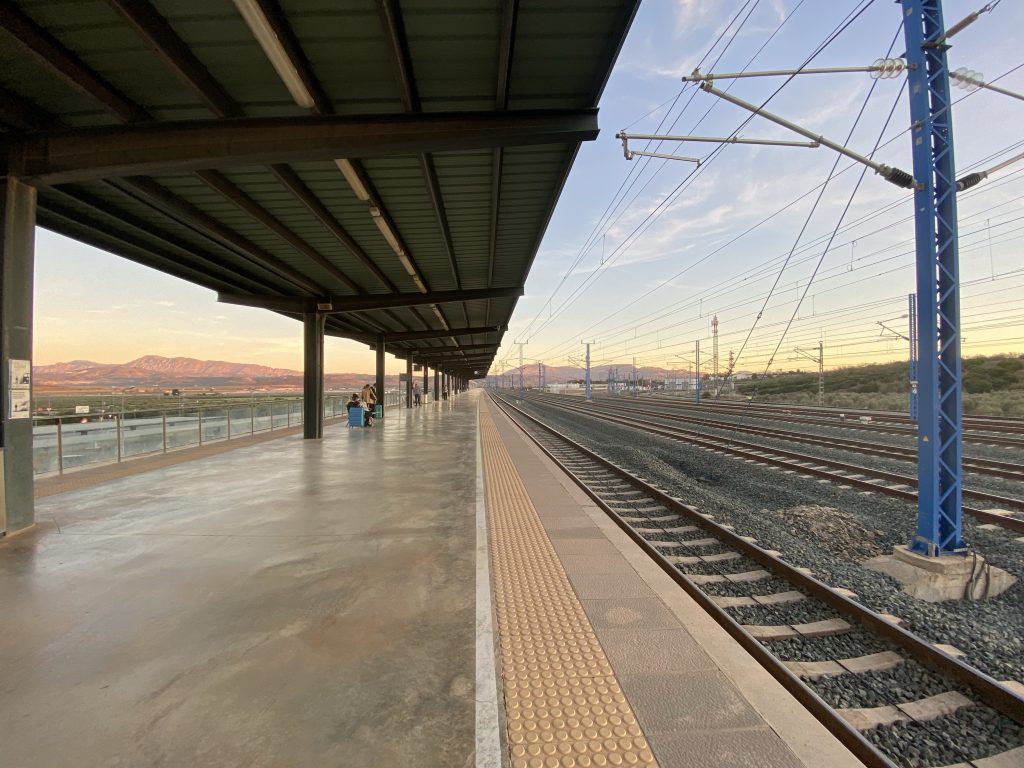
The other thing I noticed here more than anywhere else is just how long the station platforms can be. Before our train arrived there was one standing at this platform, which I counted as it left and was two full length trains joined together, a total of 28 cars. Even this didn’t quite fill the platform, there was probably space for another half dozen behind me. Quite remarkable and I’m sure there is a lesson for the UK in there somewhere if we really do want to increase capacity. I’ve seen the same thing in France and Germany on this trip.
The journey to Seville was unremarkable and almost entirely in the dark. I arrived at my hotel around 10:30pm, and having spotted an Indian restaurant almost opposite the hotel, decided that was an easy and tasty way to end the day.
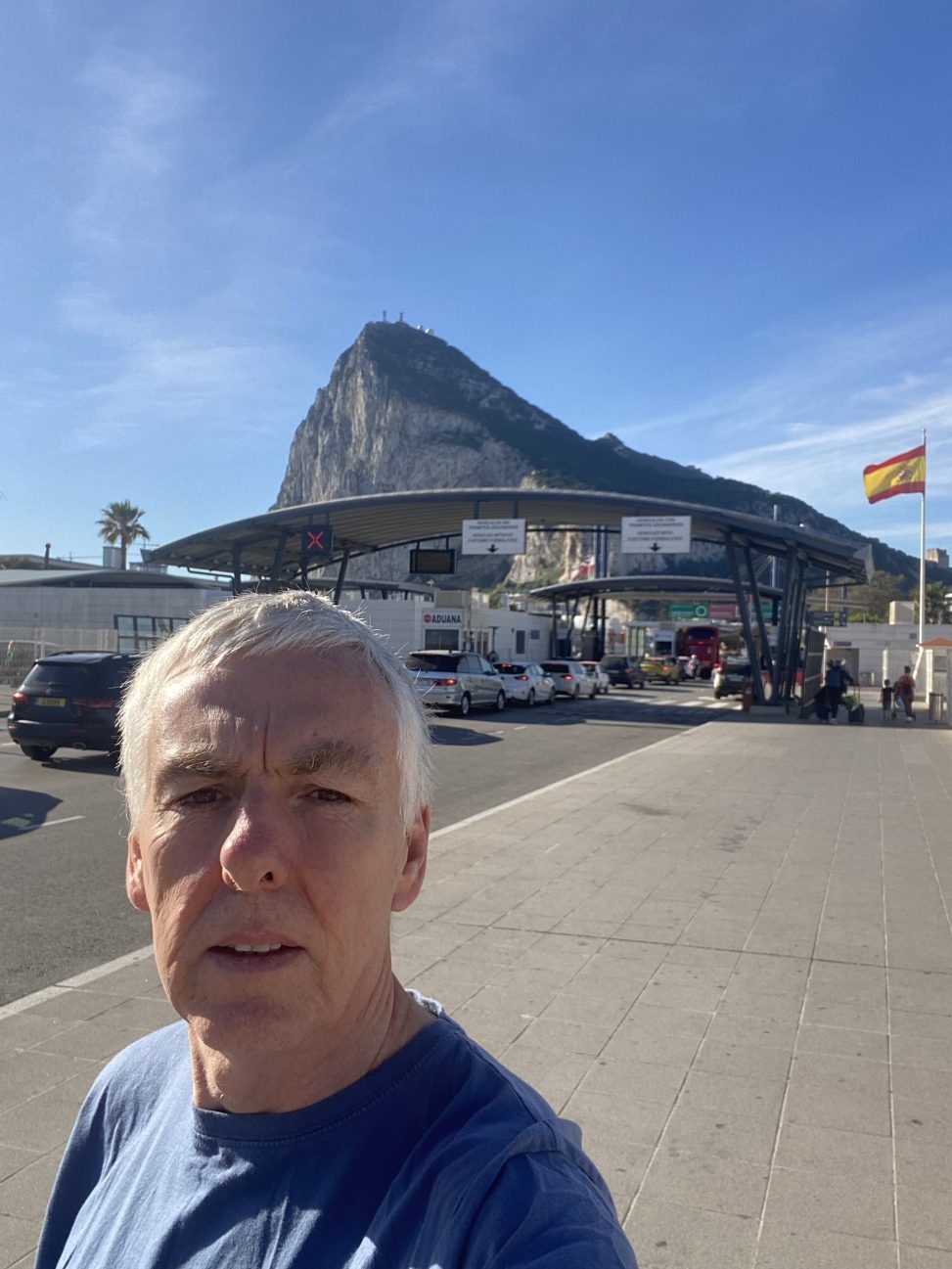
Leave a Reply